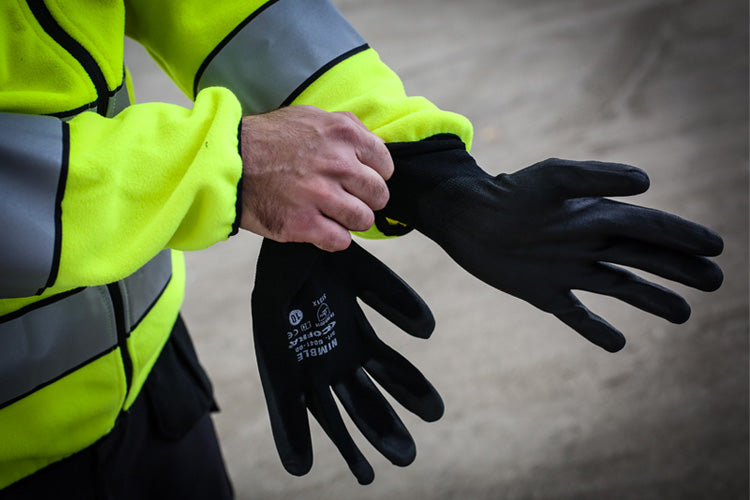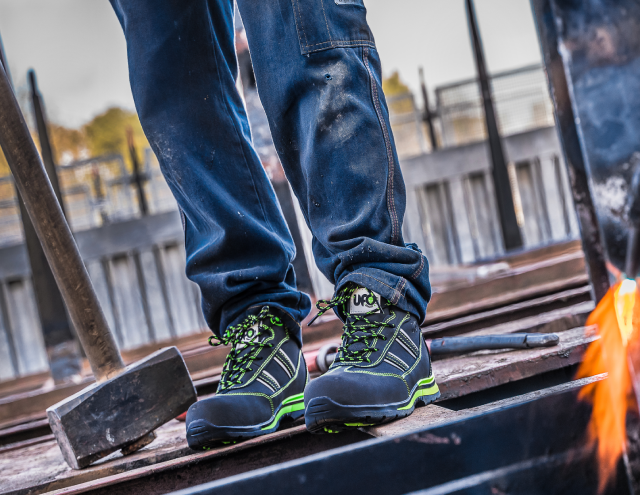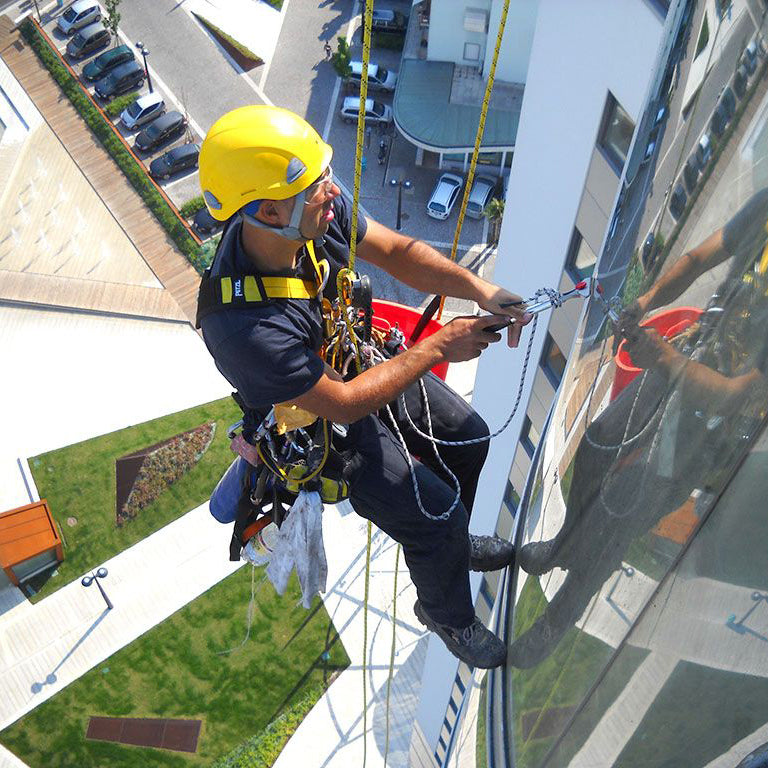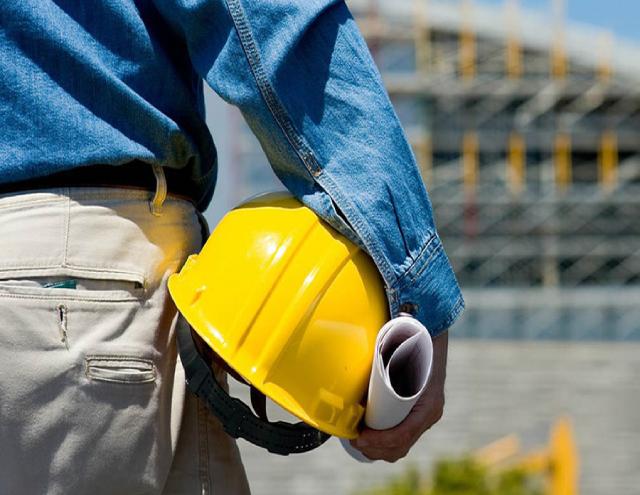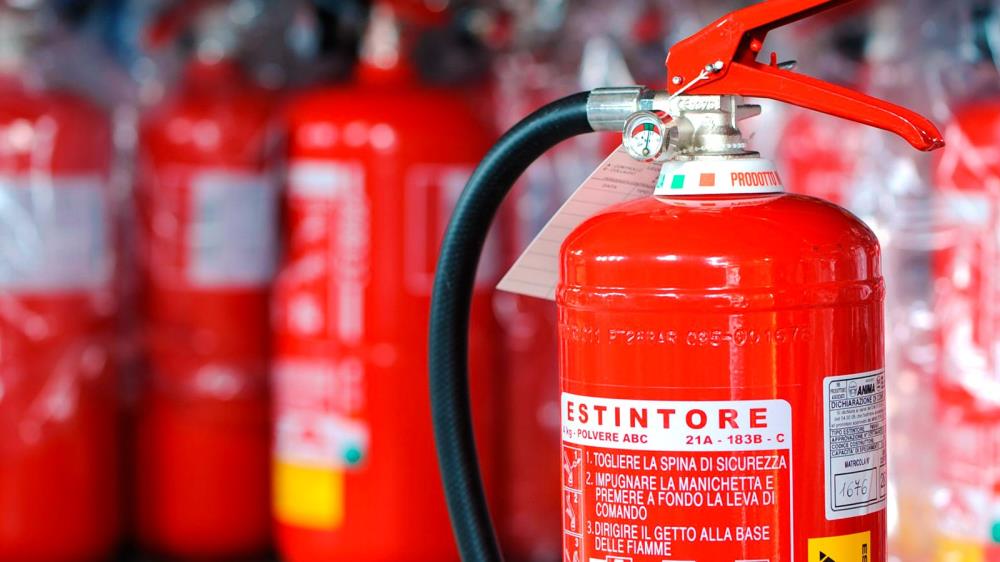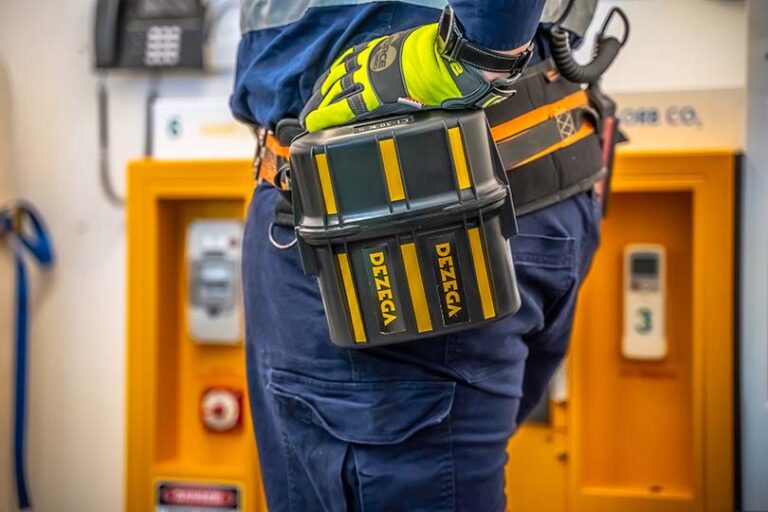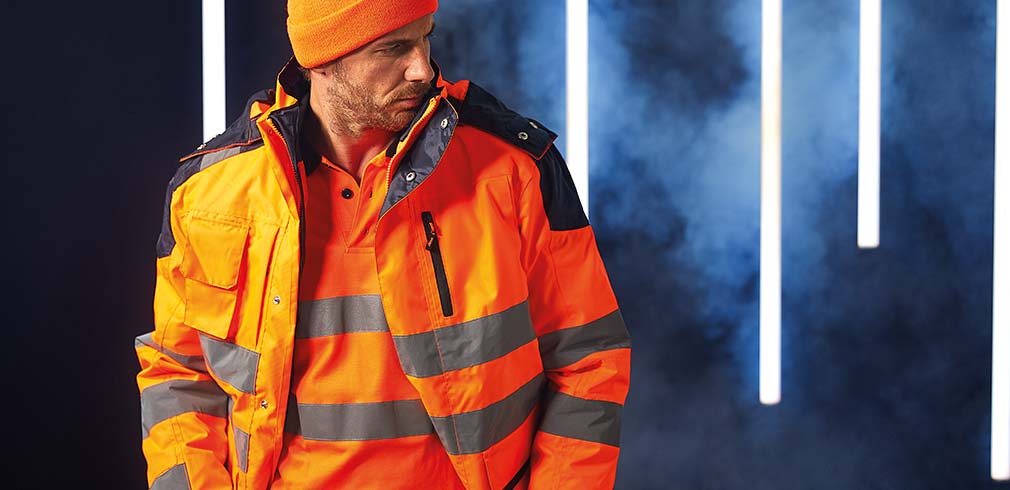For more than a hundred years, mankind has found the use of stainless steel in many areas of its activity. It is used for the manufacture of various structures, fittings, containers, various fasteners, tools. Very often, it is impossible to manufacture or repair stainless alloy products without the use of an appropriate welding process. At the same time, it must be understood that welding of stainless steel must be carried out taking into account the specific characteristics of this high-alloy metal.
Stainless steel: what is it
The main advantage of the high-alloy corrosion-resistant alloy is the unique combination of iron with carbon (<0.12%) and chromium (>10.5%). This content of the main chemical components made it possible to significantly increase the anti-corrosion resistance of the metal.Taking into account the chemical composition, experts conditionally divide stainless alloys into 3 main groups:
- Chrome. The cheapest grade of stainless steel. Featuring increased durability. However, due to low plasticity, they are difficult to process.
- Chrome-nickel. They have great plasticity. They are in great demand. The presence of nickel allows to stabilize the structure of the metal, as well as to give weak magnetic characteristics to the alloys.
- Chromium-manganese-nickel. The addition of manganese not only preserves the plasticity of the metal but also increases its strength.
Also, stainless alloys can differ in physical structure. The most famous types have a ferritic, austenitic, martensitic structure.
What methods are used to weld stainless steel?
Stainless steels can be welded in a variety of ways. The most popular technologies include:- Manual Arc Welding Using Consumable Coated Electrodes (MMA) . Almost any amateur welder can afford to buy an RDS inverter for home work. This welding method can provide a high-quality weld joint of stainless steel parts with some experience.
- Semi-automatic welding with wire using a mixture of protective gas (MIG/MAG) based on inert (argon) . Using this welding method (semi-automatic welding) allows you to weld quickly, ensuring a high-quality and even seam. It is recommended to use this welding method for welds of great length.
- Welding with non-consumable electrode in an inert gas environment (TIG). Through the use of inverter for manual argon arc
This welding process offers the ability to join thin blanks with a high quality and attractive appearance. Recommended for welding structures with special requirements.
Features of stainless steel welding
It must be understood that welding stainless steel has some nuances due to the specific characteristics of this highly alloyed metal:- Due to the presence of chromium in the steel structure, the strength parameters of the welded joint are significantly reduced. Since due to the creation of high temperatures during the welding process, this chemical element begins to react with carbon. As a result, chromium carbide is formed. In this regard, it is recommended to cool the joint of the pieces quickly, even with ordinary water.
- Reduced thermal conductivity. Therefore, for the implementation of the welding process, it is necessary to apply a current with a force 15-20% less than when connecting parts from ordinary steels.
- The metal is characterized by a higher coefficient of expansion. In this regard, it is necessary to constantly check the gap between the connected pieces.
- It has a high electrical resistance. Therefore, it is recommended to use electrodes based on chromium-nickel rods for welding no longer than 350 mm.
When starting the process of joining parts from stainless alloys, these nuances should be taken into account. This will give you the opportunity to get a quality result. If these recommendations are not followed, there is a high probability of the formation of defects in the weld.
Processing of products before welding
Before carrying out the welding process, it is essential to carry out the following operations:- Remove dirt from the surface of the parts to be joined. This can be done with a metal brush, sandpaper.
- Treat the joints of the pieces with any solvent (special liquid, acetone, white spirit). The absence of grease spots will greatly increase the stability of the arc.
- Treat the surfaces to be welded with a product that prevents the adhesion of molten metal splashes. This will eliminate the need for subsequent cleaning of the product.
Processing of products after welding
Further processing of stainless steel products after completion of the welding process must be done without fail. Not performing this operation can lead to the appearance of negative consequences: the formation of corrosion, a decrease in the strength characteristics of the finished product.The following technologies are commonly used for machining welded products from stainless alloys:
- Mechanical cleaning with steel brushes. Helps improve appearance.
- Sandblasting method. It gives the opportunity to give the product sufficient attractiveness.
- Correction. Ensures that a seam with an ideally equal surface is obtained.
- To protect the permanent connection from natural destruction, passivation and etching are used.
Welding equipment in stainless steel
- When choosing welding machines in Moscow, it is necessary to take into account the specific nuances of the specific parts to be joined. In our store you can buy welding equipment for any technology:
- Devices for the MMA/ARC method . They are characterized by efficient cooling system, high power, good safety. Quick adjustment of the main parameters of the welding process is provided by equipping the model with a digital information display.
- UltraMIG semi-automatic welding machines. They allow semi-automatic and manual arc welding of carbon and alloy steel alloys.
- TIG argon arc welders. They allow welding processes to be carried out in linear and pulsed mode. In this case it is possible to easily change the settings of any operating parameter.


